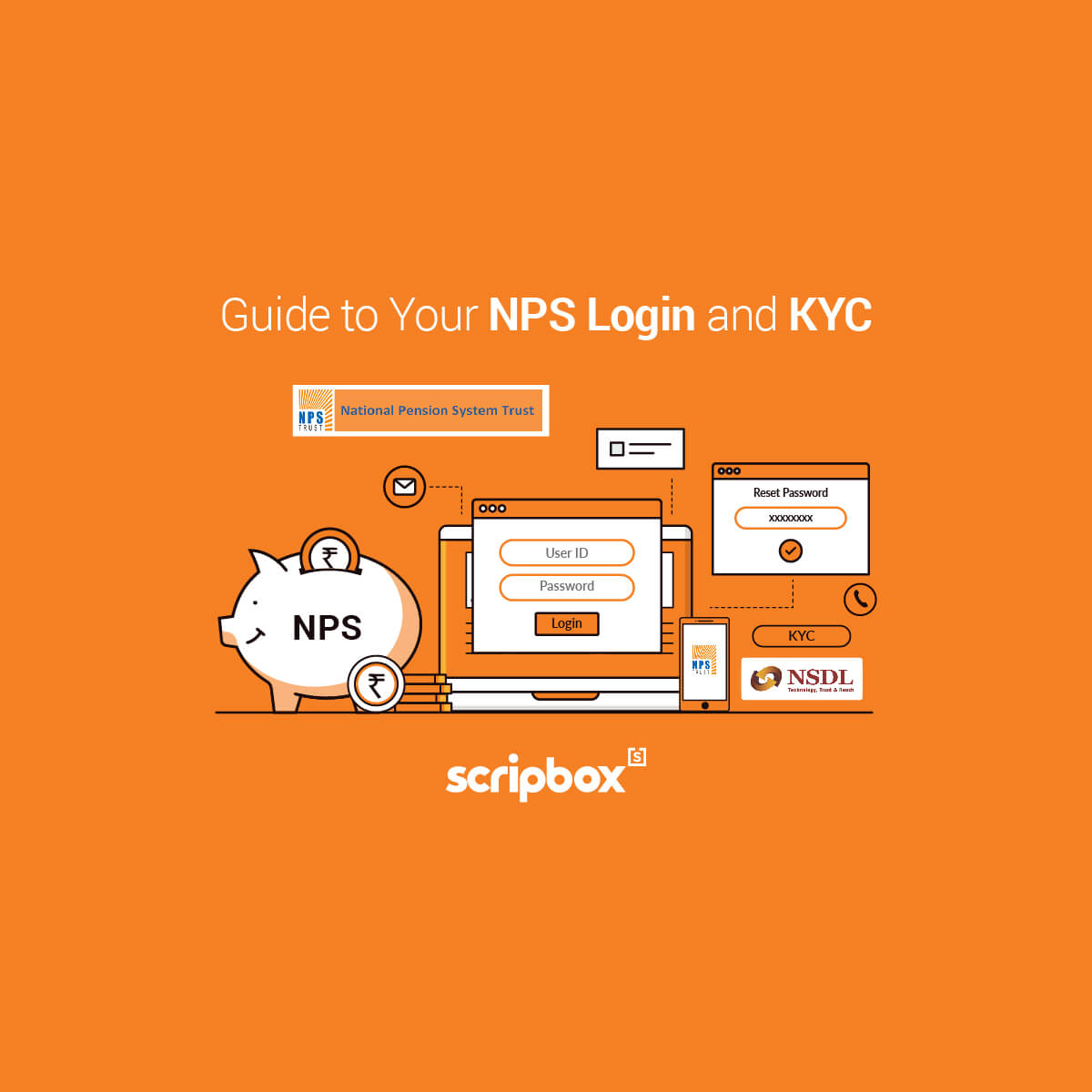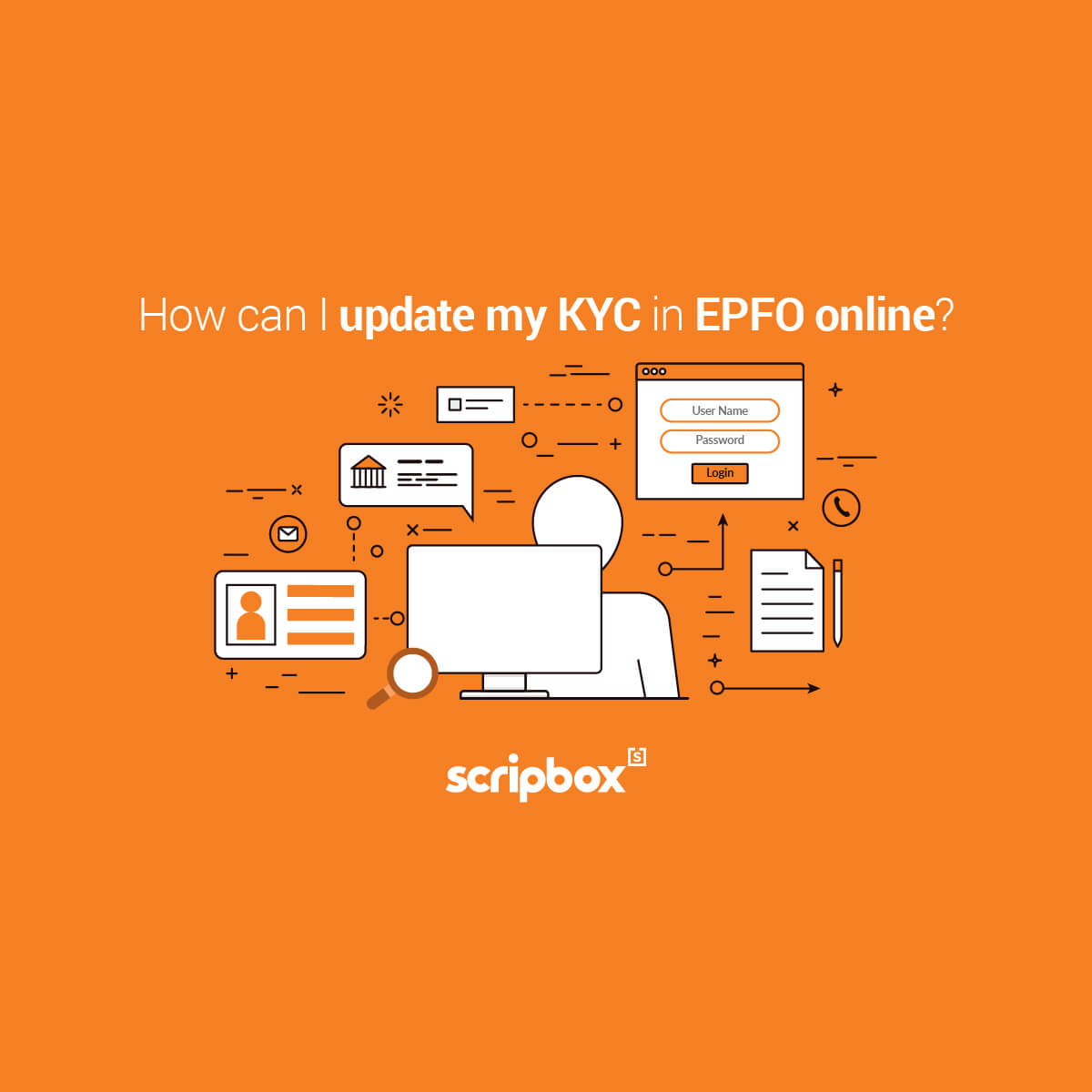PPF scheme is a quite popular scheme among investors. The Public Provident Fund PPF Scheme was launched by the National Savings Institute in 1968. The Government of India backs this scheme. Hence, the returns are guaranteed. The investment and interest earned from the PPF scheme are also exempted under Section 80C of the Income Tax Act. Therefore, this scheme is one of India’s most tax saving and popular money-saving schemes.
Here, in this article, we will provide a complete guide on PPF rules, i.e. rules related to account opening, closure and withdrawal.
PPF Account Rules
Eligibility
- All the resident Indians can open a PPF account.
- However, an investor can hold only one account in their name or open a second account on behalf of a minor.
- Also, one cannot open a PPF account jointly. It can only be held in the name of one person.
- Furthermore, Hindu Undivided Families (HUFs) and Non-Resident Indians (NRIs) cannot open a PPF account.
- However, NRIs opened PPF accounts when they were resident Indians and can continue to operate until maturity. But, they will not be allowed to seek extensions.
- Moreover, if an investor opens an account in their name and their child’s name, a total amount that they can invest (in both accounts together) is Rs. 1.5 lakh in a financial year.
Maturity
- The PPF account lock in period is 15 years which can be extended. If there is no fund requirement, it is always advisable to extend the account beyond 15 years. The account holder has an option to extend the duration by a block of 5 years. Moreover, there is no limit on the number of times that an investor can extend their account.
- An investor can always retain their account after maturity without making further deposits for any period. They will continue to earn interest on the balance until the account is closed.
Nomination
The account holder can nominate more than one person. If they choose to nominate more than one person, they need to mention the percentage of shares. Also, the shares of all nominees should add up to 100 per cent.
Where to open
Any individual can open a PPF either at a post office or partnered bank by submitting the necessary documents required.
Account Transfer
- You can transfer your PPF account from bank to a post office and vice versa.
- Also, the account can be transferred between the branches of the same bank/post office.
- You need to submit a transfer request at the home branch.
- The new branch verifies and notifies the receipt of the form.
Along with the transfer request, the following documents also have to be submitted –
- Nomination form
- PPF passbook
- Certified copy of the account
- Orginal account opening application form.
- A demand draft or cheque for the outstanding balance
Check Out EPF Withdrawal Rules
PPF account deposit rules
There are an ample number of ways through which you can deposit money into their PPF account. The amount can be deposited through demand draft(DD), cash, cheque, or online fund transfer. One can visit the PPF official website and login to make an online deposit into their account. The following are the PPF deposit rules –
- The PPF minimum deposit is Rs.500 in multiples of INR 50 any number of times.
- The PPF investment limit in a financial year is Rs. 1.5 lakh. If the deposit amount exceeds Rs. 1.5 lakh, the transaction will be rejected automatically. Earlier, the number of deposits was capped at 12 in a financial year. As per the recent changes, an individual can make any number of deposits in a financial year.
- The Ministry of Finance announces the PPF interest rate every quarter. The current PPF interest rate is 7.10%. Although the interest is calculated every month, it gets credited to the account on 31st March every year.
- The PPF interest is calculated based on the minimum balance in an investor’s account between the 5th day and the last of every month. Therefore, it is always advisable to make PPF deposits on or before the 5th of the particular month. Hence, this will help the account holder to earn interest on the deposit amount for the entire month.
- For instance, the investor has a balance of INR 1 lakh in PPF account on 30th April. Now, the investor has deposited INR 10,000 on 3rd May and INR 5000 on 21st May. The interest on the fund for the month may be calculated on INR 1.10 lakh and not on INR 1.15 lakh.
Account closure rules
An investor can close their PPF account before maturity or after maturity.
Premature closure of an account
Investors can opt for premature closure of their PPF account after 5 years from the end of the year in which the account was opened. The account holder receives a 1% lower interest rate than the prevailing PPF interest rate. The withdrawal is allowed up to 50% of balance at the credit at the end of 4th preceding year or at the end of preceding year, whichever is lower.
PPF account closure post maturity
Every PPF account has a validity of 15 years, also known as its maturity period. Once the PPF account matures, the investor can withdraw the entire balance and close the account or extend it for a block of 5 years.
Income Tax Rules
The Public Provident Fund investments fall under the Exempt – Exempt – Exempt (EEE) category. This means that the investments, interest and redemptions are all tax exempted. Thus, this scheme offers multiple tax benefits to individuals.
- The interest that the investor earns from investment in PPF scheme is exempted from tax.
- The final corpus that the investor accumulates at the end of the maturity period is also exempted from tax.
- The PPF exemption limit is INR 1,50,000 per annum and qualifies for tax deductions under Section 80C of the Income Tax Act. Investors, while filing their income tax returns can declare their PPF investments to the avail tax benefit.
Conclusion
The Public Provident Fund PPF scheme is a safe investment instrument for tax saving purposes. The Government of India backs the PPF scheme. Thus, the returns are guaranteed from such investments. Investors with low risk tolerance level and looking for fixed returns then PPF is a good option. This scheme offers multiple tax benefits to investors. In other words, individuals have no tax on PPF investment. Individuals can choose PPF for tax exemption under section 80C. To know more details, one can always visit the PPF official site.
Check Out PPF Withdrawal Rules
Frequently Asked Questions
The PPF minimum lock in period is 15 years.
The PPF maximum limit of deposit is INR 1,50,000. This is also the maximum amount where one can avail the tax benefit.
According to the PPF new rules, an investor can deposit money in a PPF account in multiples of INR 50 any number of times in a financial year. The maximum amount that can be deposited in a year is Rs. 1.5 lakh. Earlier, a maximum limit for PPF was 12 deposits in a year.
The current interest rate of the Public Provident Fund scheme is 7.10%. The interest rate is changed by the government every quarter.
PPF account can be withdrawn after completion of 5 years. However, the amount can be withdrawn after five years of active PPF contribution.
The PPF account deposit limit is Rs. 1.5 lakh. Any amount over that will be rejected automatically and not earn any interest.
To open a PPF account, one can visit a post office or bank. Many private banks are offering this facility.
Related Articles
- Confused if your portfolio is performing right enough to meet your goals?
- How long have you been investing in mutual funds?
- What is your current portfolio size?
- What is your approximate annual household income?
- Your profile does not qualify for a call with a Financial Expert.
- PPF Account Rules
- PPF account deposit rules
- Account closure rules
- Income Tax Rules
- Conclusion
- Frequently Asked Questions





























Show comments